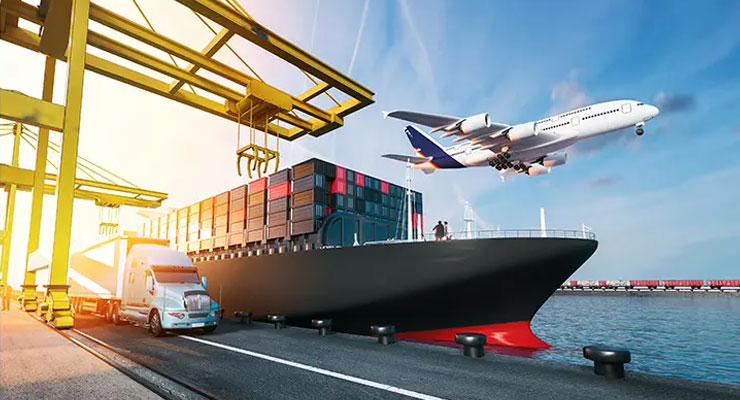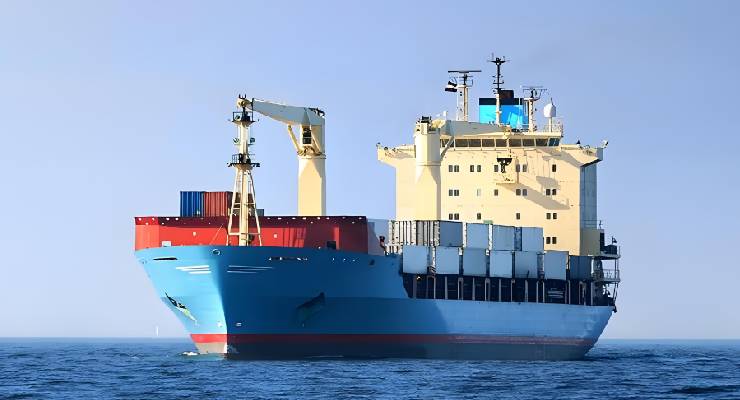
Uncertainty and fluidity will always be the name of the game in logistics. Changing economic conditions are always quickly reflected in logistics, something we've seen throughout 2022's shifting capacities across shipping modes.
Across the board, though, capacity is up; shippers have momentum and leverage for the first time since before the outbreak of COVID-19. It's time to use that advantage to optimize logistics operations and capitalize on these improving market conditions.
As COVID restrictions have become more targeted to highly specific areas, shippers and logistics professionals have begun to gain back some of the logistical flexibility we have lost in recent years, especially in air freight. Overall, belly capacity remains down in some lanes (particularly outbound Asia) compared to pre-COVID levels, but we're seeing massive improvements globally. Cargo capacity on critical long-haul international flights (specifically between North America and Asia) is only about 12% below 2019 levels as of summer 2022, though industry experts believe that capacity won't fully recover until 2025.
This bounce-back is being aided by passengers' steady demand for air travel worldwide. In North America, demand has almost returned to pre-pandemic normal; IATA reported that 88% of available passenger seats on North American flights were full in July 2022.
However, demand for air freight has begun to drop, signaling the possibility of weaker consumer demand due to inflation. Additionally, while air freight rates are higher than they were in 2021, they have been relatively stable throughout 2022. Geopolitical conflicts and rising energy costs could add pressure to air freight costs as we look to the future, but shippers are in a much better position than they have been in the past few years to negotiate lower prices on air cargo.
-
 A Comprehensive Guide to Refrigerated ContainersJun 17,2025
A Comprehensive Guide to Refrigerated ContainersJun 17,2025 -
 Guide to 20ft & 40ft Shipping Container Dimensions for Global LogisticsJun 17,2025
Guide to 20ft & 40ft Shipping Container Dimensions for Global LogisticsJun 17,2025 -
 How to track shipments sent from ChinaMay 13,2025
How to track shipments sent from ChinaMay 13,2025 -
 Guide to Importing and Shipping Cars from China to UAEMay 13,2025
Guide to Importing and Shipping Cars from China to UAEMay 13,2025 -
 Guide to Importing and Shipping Camping Gear from ChinaMay 07,2025
Guide to Importing and Shipping Camping Gear from ChinaMay 07,2025 -
 Shipping from China to YemenMay 06,2025
Shipping from China to YemenMay 06,2025

